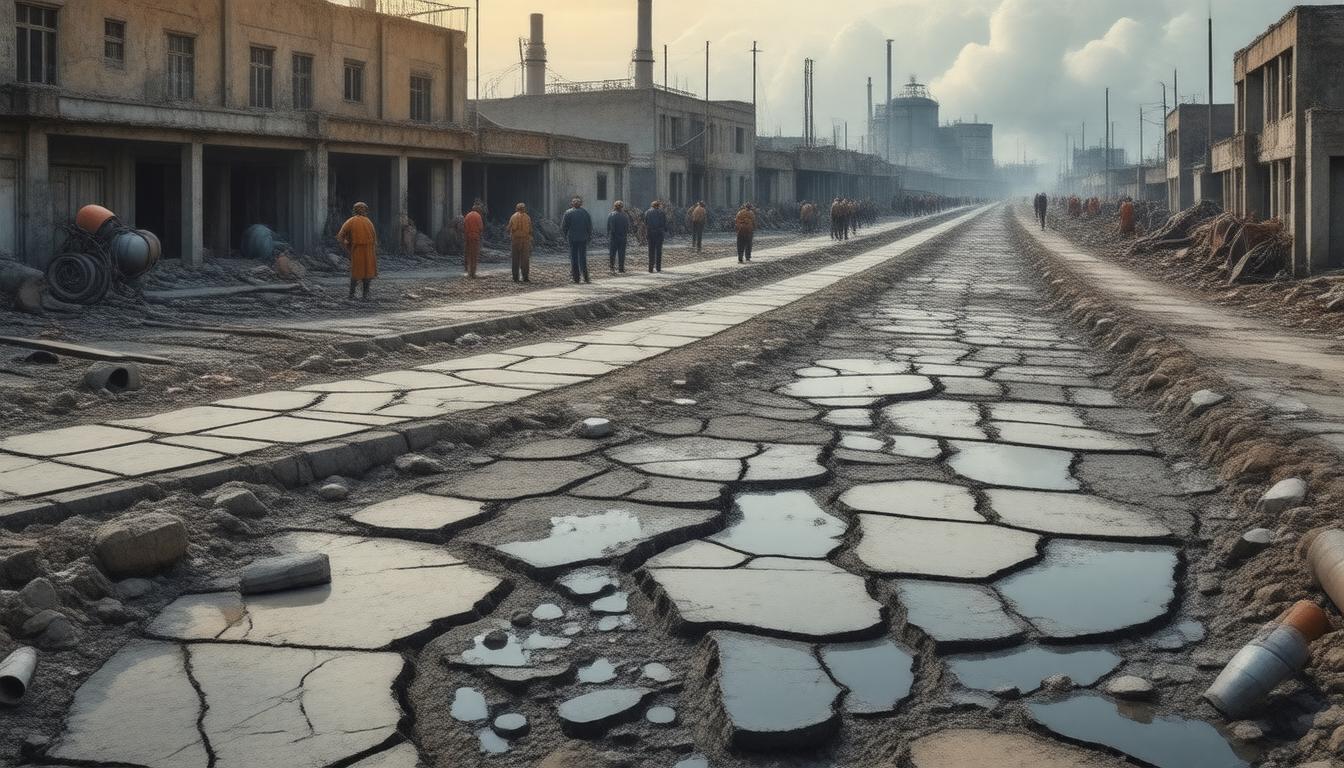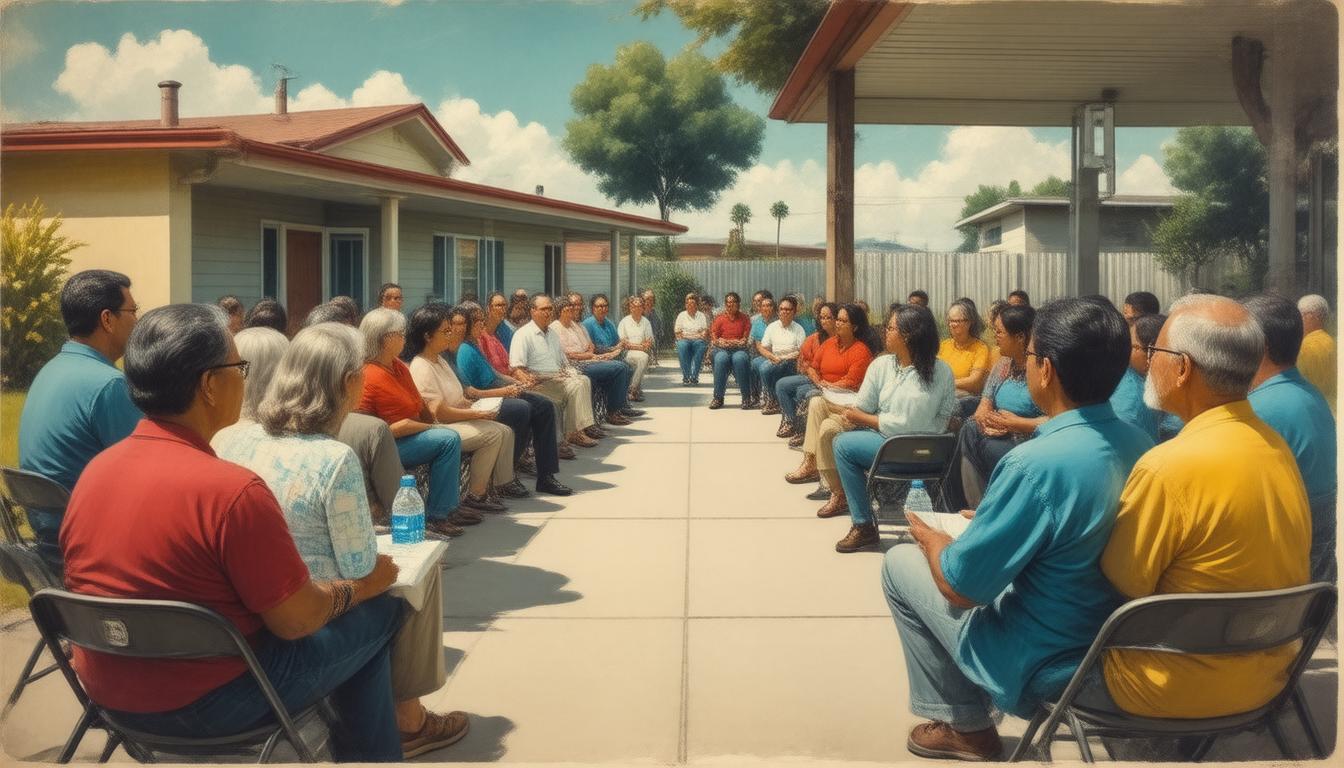

Importance of Sewer Scope Inspections in Home Purchasing
Conducting a sewer scope inspection is an invaluable step for prospective homebuyers. Often overlooked, this inspection uses a high-definition camera to visually inspect sewer lines, revealing hidden problems that are not detectable during a standard home inspection. Sewer lines are susceptible to various issues like cracks, blockages, and tree root intrusions, which, if undetected, can lead to significant complications down the line. Here are ten critical points highlighting the need for this essential inspection service.
Preventing Costly Repairs
One of the primary reasons for conducting a sewer scope inspection is to avoid massive repair costs. Repairing or replacing sewer lines can be extremely expensive, with costs ranging from $2,500 to $30,000 or more, depending on the extent of the damage. Identifying these problems early allows buyers to budget for repairs or negotiate with the seller, thereby avoiding unexpected financial burdens. This early detection can significantly influence the buyer’s decision, ensuring a more secure investment.
Additionally, knowing the condition of the sewer line provides peace of mind and empowerment during negotiations. Buyers can leverage the inspection report to negotiate necessary repairs or adjust the purchase price. By being well-informed about the property’s condition, buyers can make more confident decisions and secure their investment with a full understanding of any potential issues.
Health, Safety, and Environmental Considerations
Beyond financial considerations, sewer scope inspections are critical for health and safety. Undetected sewer line issues can lead to health hazards, including bacterial, fungal, and parasitic infections due to sewage exposure. Early detection and remediation help mitigate these risks, ensuring a safer living environment. This practice is particularly important in homes lower to the ground or with basements, which are more susceptible to sewer line failures and resultant damages.
The structural integrity of the home can also be compromised by a damaged or broken sewer system, leading to risks such as flooding, shifting or cracking in the home’s foundation, and mold growth. Another concern is the environmental impact of leaking or damaged sewer lines. Contaminated soil and polluted water sources can harm ecosystems and contribute to environmental degradation. Identifying and addressing these issues promptly is not only a personal obligation but a communal responsibility.
Long-term Benefits and Compliance
While newer homes might seem low-risk, underlying sewer line issues due to installation errors or other factors can still be present. Therefore, it is advisable to conduct a sewer scope inspection regardless of the home’s age. Regular sewer scope inspections serve as preventive maintenance, enabling early identification of problems and allowing for scheduled repairs, which minimizes unexpected disruptions and maintains the property’s value and longevity.
Moreover, compliance with local regulations and building codes may necessitate periodic sewer scope inspections, particularly in commercial properties or areas with a history of sewage-related problems. Keeping up with these inspections ensures that the property meets legal requirements and stands as a safeguard against potential legal issues. Ultimately, including a sewer scope inspection in the home-buying process is a critical measure for ensuring peace of mind, financial protection, and maintaining the health and safety of the living environment.







